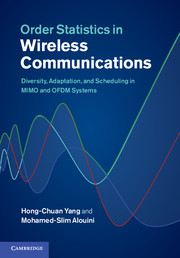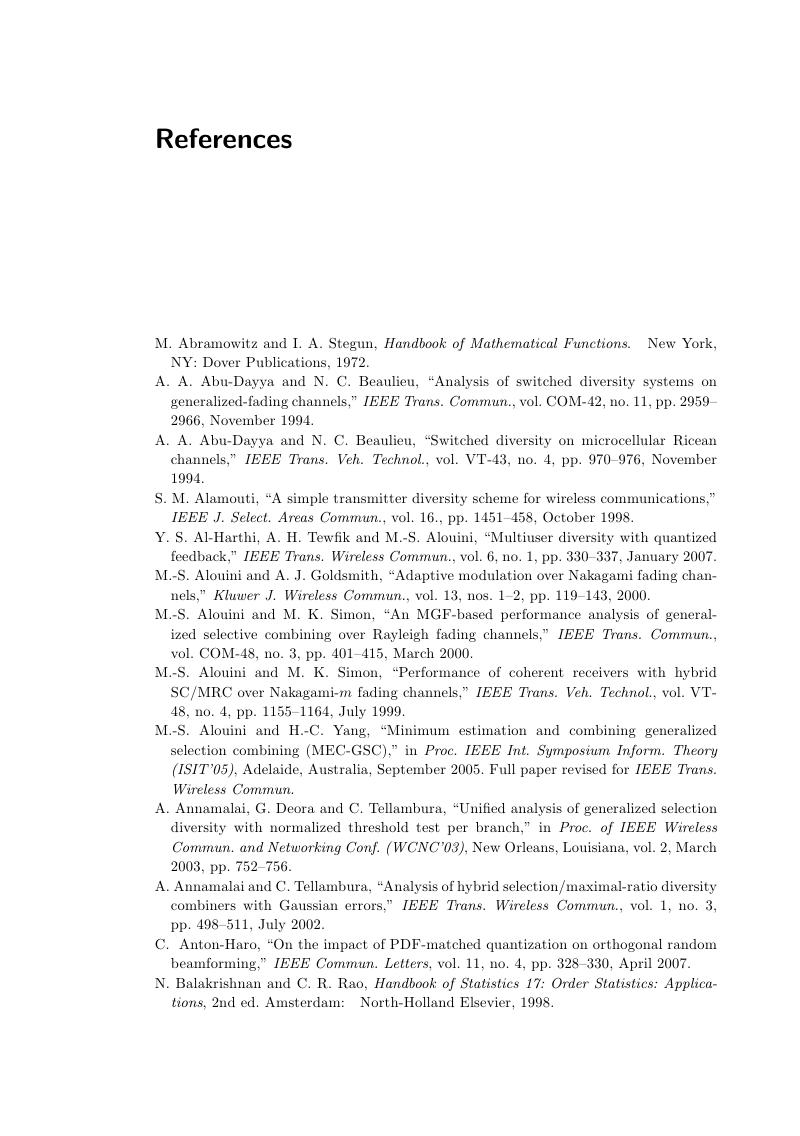 Order Statistics in Wireless Communications
Order Statistics in Wireless Communications References
Published online by Cambridge University Press: 07 October 2011
Summary

- Type
- Chapter
- Information
- Order Statistics in Wireless CommunicationsDiversity, Adaptation, and Scheduling in MIMO and OFDM Systems, pp. 245 - 254Publisher: Cambridge University PressPrint publication year: 2011


